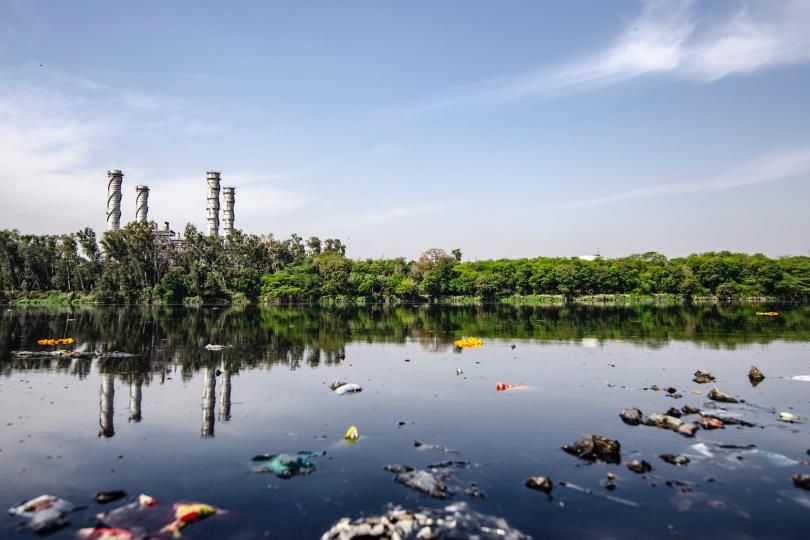On Nov. 16th, Ministry of Environmental Protection (MEP) issued the draft of Self-monitoring Guidelines for Pollution Sources – General Rules. This is another environmental national standard that supports the enforcement of China’s Environmental Protection Law. The document will be open to public comment until Nov. 30th.
This standard applies to organizations and facilities that discharge water pollutants, gaseous pollutants, noises and other pollutants that harm the environment. A lot of requirements are proposed on the pollution sources, including:
Self-monitor plan
Relevant organizations are required to conduct a thorough investigation of all existing pollution sources and establish a self-monitoring plan based on the characteristics of the main pollutants. The plan should cover:
The location of the pollution sources and monitoring points.
Pollution indicators.
Concentration limits.
Monitor frequency.
Sampling method.
Monitor equipment and analysis method.
The plan should be revised when:
The implemented emission standard or required concentration limit is changed.
The monitoring points, indicators or frequency is changed.
The pollution source or the production process is changed.
Establish and maintain the monitor facilities
The waste water monitor facilities should follow the Technical Specification Requirements for Monitoring of Surface Water and Waste Water (HJ/T 91-2002) and other standards.
The waste gas monitoring facilities should follow the Determination of Particulates and Sampling Methods of Gaseous Pollutants from Exhaust Gas of Stationary Source (GB/T 16157-1996) and Technical Specifications for Emission Monitoring of Stationary Source (HJ/T 397-2007).
Self-monitor
The discharging organizations could carry out the self-monitoring themselves or delegate other monitoring institutions to conduct the monitoring for them. Organizations are responsible for their final data. The data should be recorded, properly kept and accessible to the public.
The standard also introduces the detailed technical requirements for self-monitoring, including the location of monitoring points, the monitoring methods, the sampling methods, etc. The self-monitor plans of the newly built discharging organizations should be established within 90 days of production. The environmental protection authorities can require the discharging organizations to revise their self-monitor plans if necessary.














